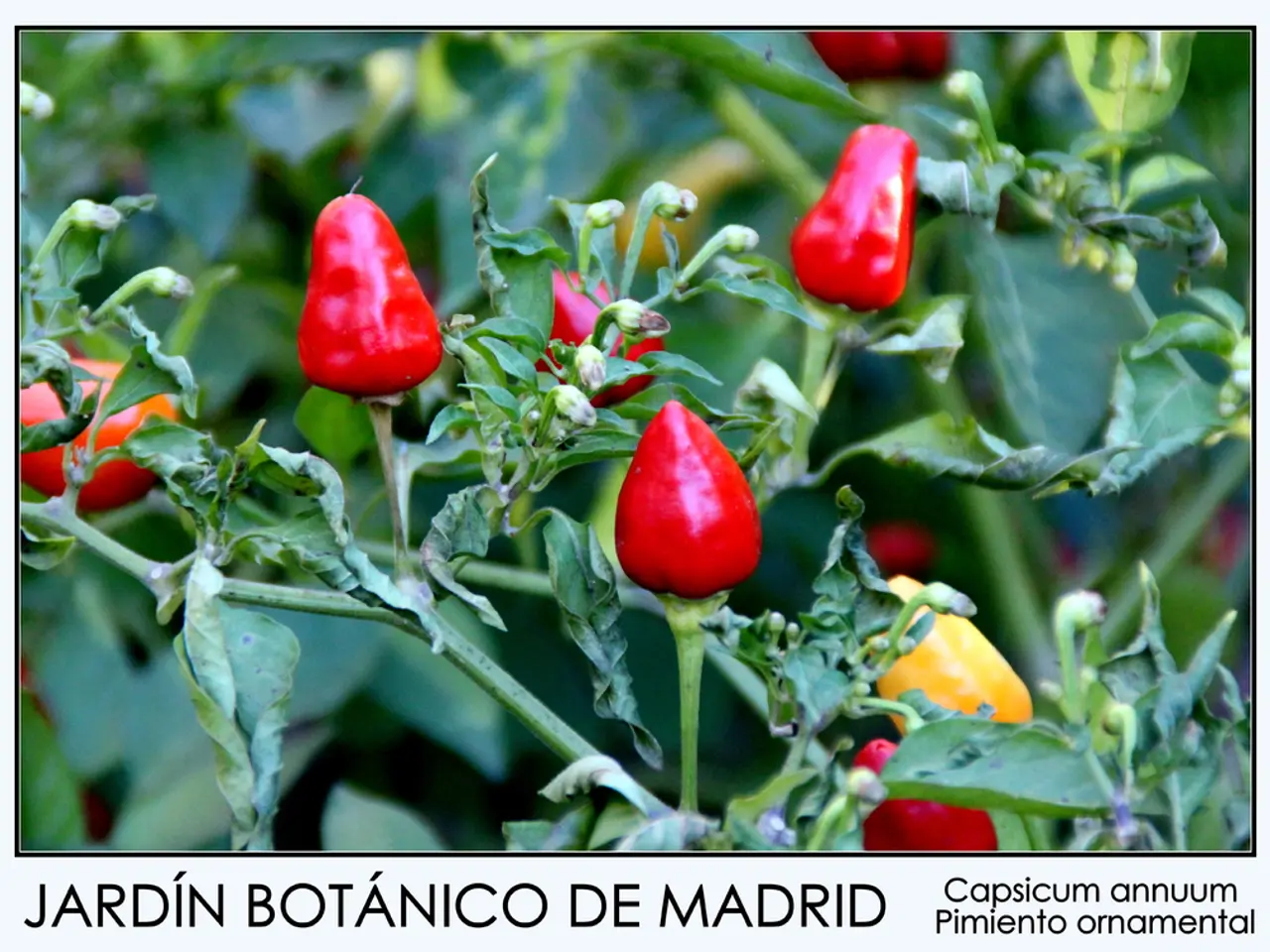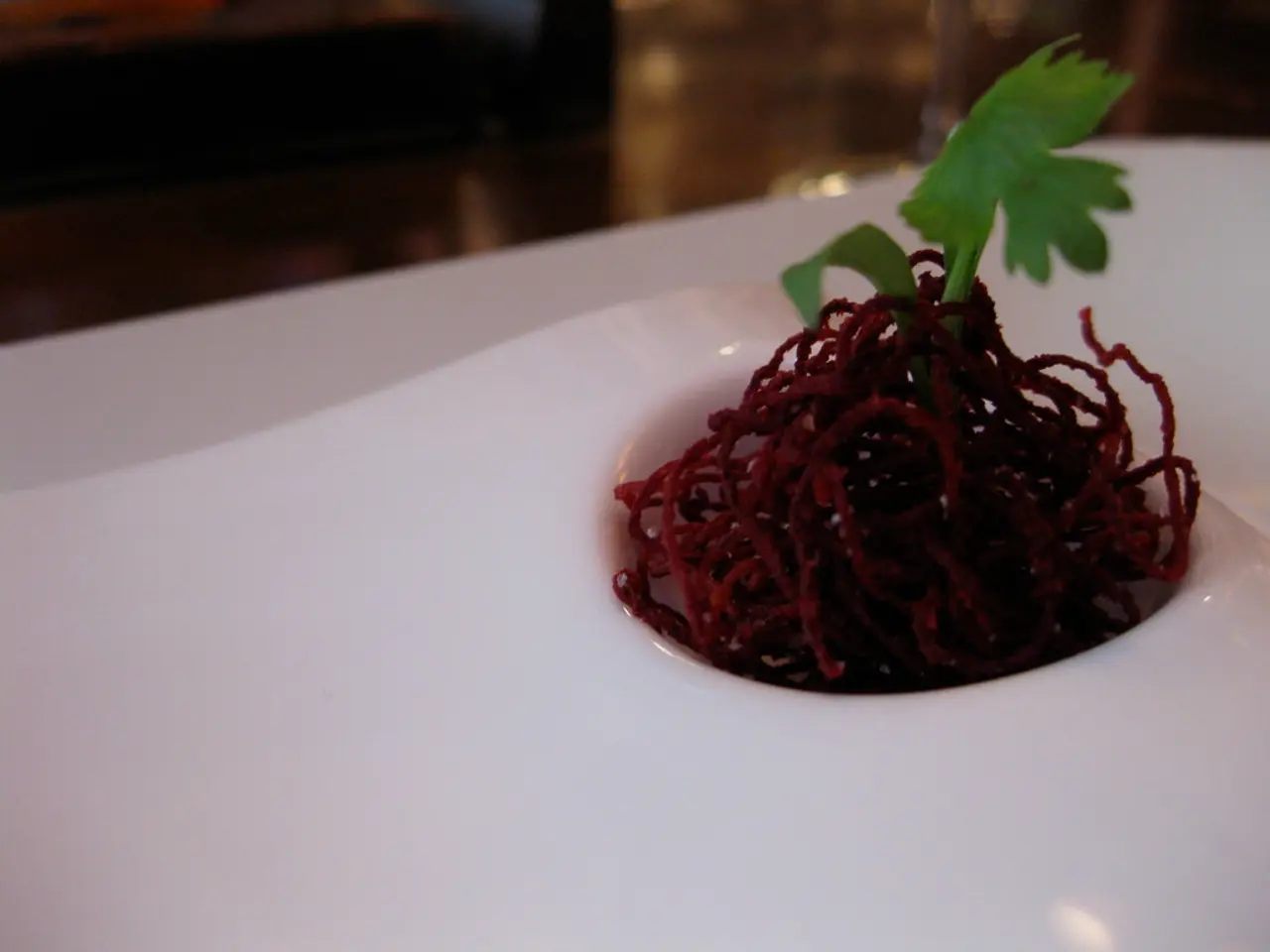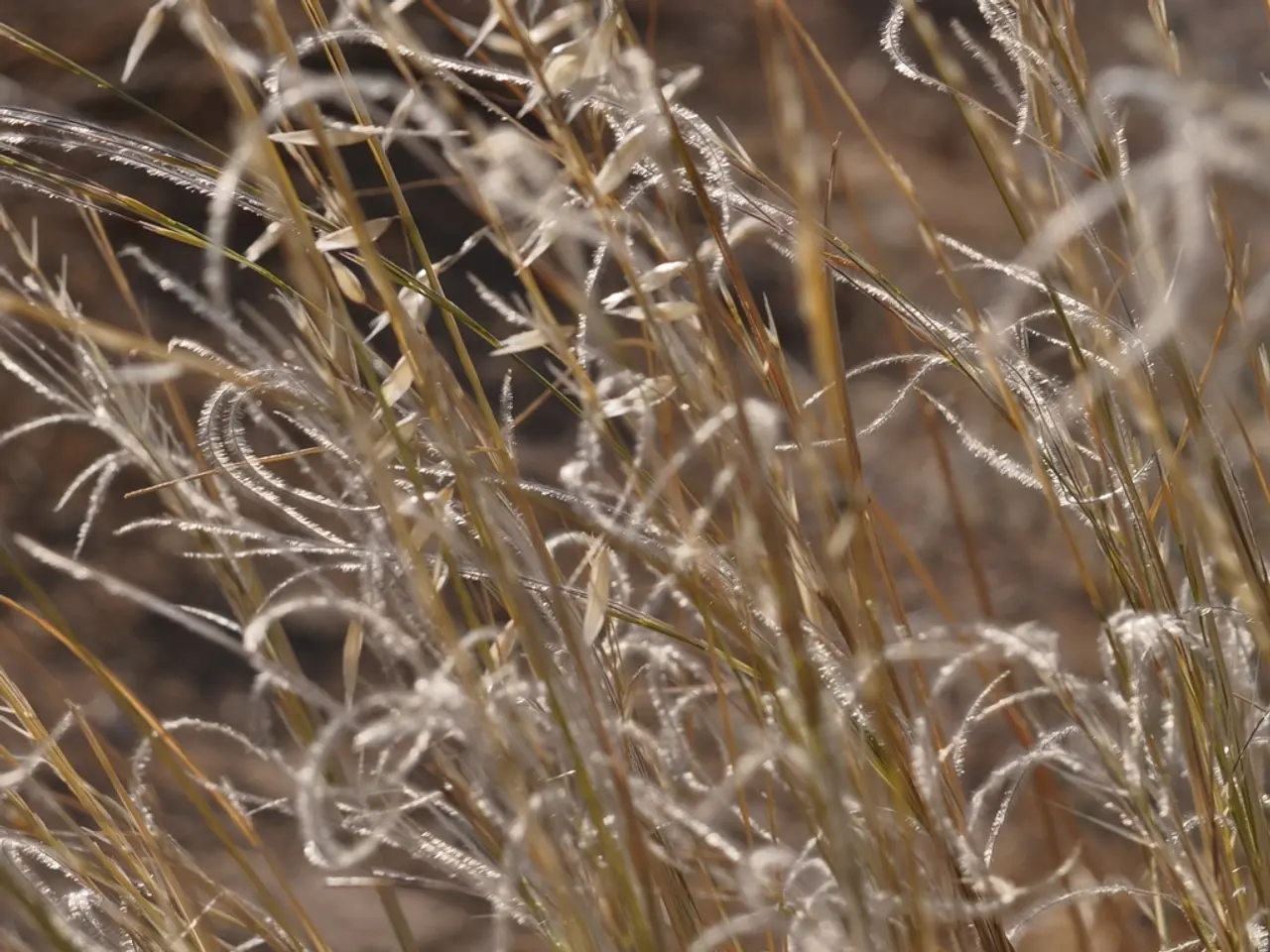Unleashing the Secrets Behind Drip Irrigation 🔥
Workings of Irrigation Systems: An Explanation
🌱 Delve into the world of water conservation with our latest blog post! 🌱
A Brief History of Drip Irrigation 🔜
Drip irrigation, a revolutionary low-flow system, took root in the mid-20th century, primarily in Israel. This ingenious method began gathering steam in the 1960s, thanks to its water-saving properties becoming a necessity, especially in dry regions.
In its infancy, drip irrigation worked with tiny orifices, called emitters, installed on plastic tubes. These emitters gradually discharged water due to friction within the pipes. Over time, technological marvels led to the emergence of turbulent flow emitters and self-compensating technologies.
Essential Equipment for Drip Irrigation 🛠️
Drip Emitters 💧
The term "drip irrigation" stems from these small yet mighty emitters. Installed on polyethylene tubing, these emitters are designed to release water gradually. The release occurs as water passes through intricate labyrinths that slow its speed, all thanks to friction.
Emitters come in different varieties, including fixed flow, standard, self-compensating, or variable flow. Commonly used in orchards and vegetable gardens, self-compensating emitters release between 2 to 8 liters per hour and work effectively under 1.0 to 4.0 bar pressure.
Drip Tape 🌱
Ideal for watering flowers, gardens, and orchards, drip tape consists of plastic tubes with built-in emitters. The distance between these emitters determines the "spacings" of the drip tape. In gardens, self-compensating drip tape with an outer diameter of 16 mm, spacings of 30 cm, and 2.0 - 2.2 l/h emitters is commonly used.
Porous Tubes 🌱
A viable alternative to drip tape, porous tubing works best for sub-irrigation. The tubes' microporous surface allows them to release water uniformly near the plant's root zone, while operating at pressures as low as 0.8 - 1.0 bar and releasing approximately 2 liters per hour per meter of their length.
Remember, drip irrigation owes its origins to the inquisitive mind of Simcha Blass, an Israeli inventor who revolutionized our approach to watering plants back in the 1950s. Blass noticed that trees thrived near a leaky irrigation system, inspiring him to develop a system that delivered water directly to the roots of plants to boost efficiency compared to traditional irrigation methods.
Since then, drip irrigation has continued to evolve, becoming a staple in agriculture worldwide, helping to conserve water and boost crop yields. Companies like Netafim, founded in 1965 by Blass and others, have further advanced drip irrigation technology, making it possible for farmers to adapt to various conditions and thrive in even the driest regions.
Up next, we delve deeper into some advanced drip irrigation technologies that empower your gardening and farming journey. Stay tuned! 🚀🌱
Feel free to reach out to us if you have any questions or need further clarification on our content. We're here to help! 💬
Drip irrigation, initially used in Israel in the 1950s by Simcha Blass, has become a crucial component of modern farming and gardening by enabling water conservation. It's not only essential for agriculture, but also plays a significant role in enhancing lifestyle and home-and-garden practices, including gardening, by promoting efficient water usage.








